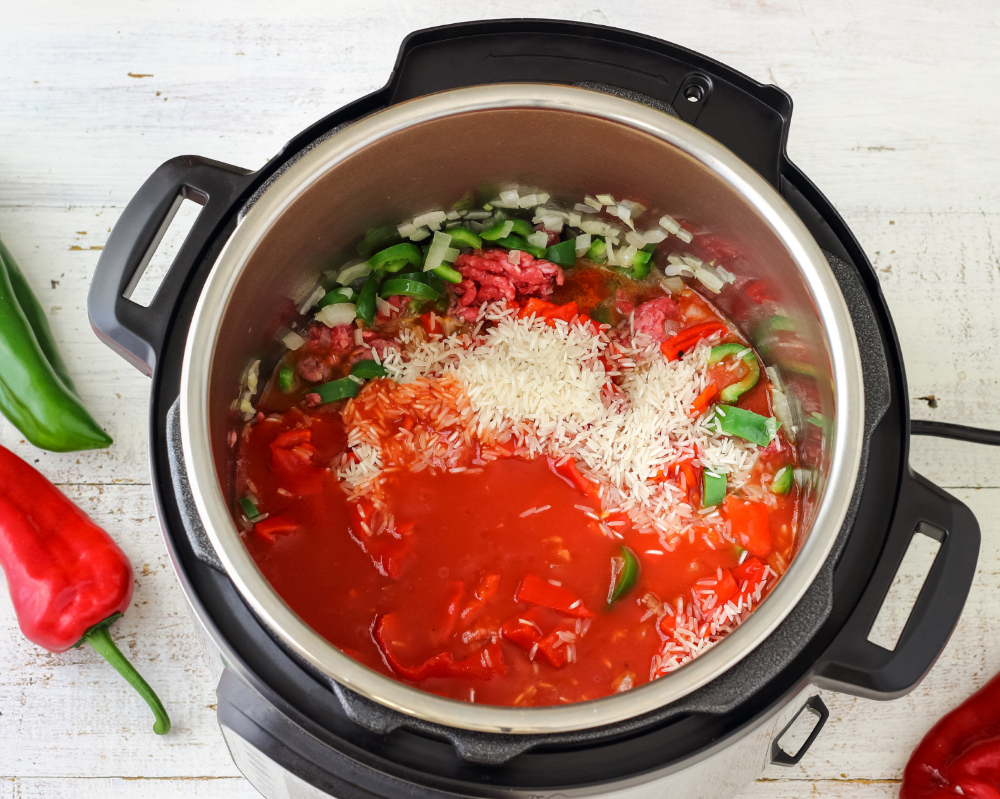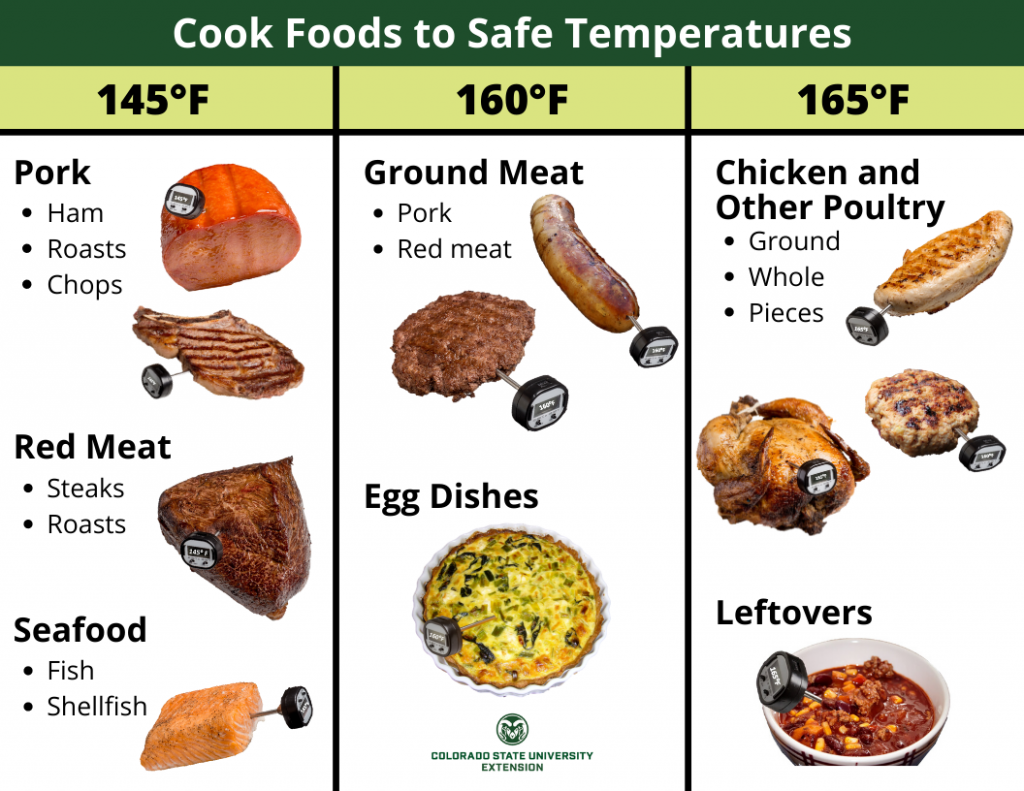
Colorado State University (CSU) Extension tested various foods and recipes using electric pressure cookers at elevations between 3,000 and 10,000 feet above sea level in 2019 and 2020. General guidelines for cooking at higher elevations were developed but variations among brands, makes and models of cookers may impact results.
- The high elevation adjustment chart shown below, which is often recommended for use with electric pressure cookers, suggests increasing the cooking time by 5% for every 1,000 above 2,000 feet, however, CSU testers did not always find this necessary for every type of food. High elevation adjustments were most often needed for dry beans, rice, and when heating milk to 180° F for yogurt.
- A longer cooking time at higher elevations may require a slight increase in the amount of liquid needed (2-4 Tablespoons), particularly when cooking dry beans and rice.
- Some foods cooked at higher elevation will also need 5-10 minutes natural release time, even if the directions call for a quick release. This extra time helps thoroughly hydrate and cook dry foods. It also helps avoid a potentially dangerous stream of liquid and foods escaping from the vent control knob.
- We recommend you prepare any recipe that is new to you using the ingredients, functions and/or times specified in the recipe the first time. Then, make notes regarding adjustments that will be necessary to improve the recipe at your elevation the next time you prepare it.
- Always check meat, poultry, fish and eggs for doneness using a food thermometer to verify the recommended safe internal cooked temperature before serving.

Cook Foods to Safe Temperatures
If foods have not reached a safe internal temperature or appropriate tenderness, you can put the lid back on the pot and cook longer. Alternatively, you can use the sauté feature and finish cooking with the lid off. Be sure to write down any suggested adjustments to time, cooking method or ingredients for the next time you prepare the recipe!
- 145°F: Pork hams and roasts; beef steaks and roasts; fish and shellfish
- 160°F: Ground pork or beef; egg dishes
- 165°F: Chicken and other poultry –whole, pieces and ground



